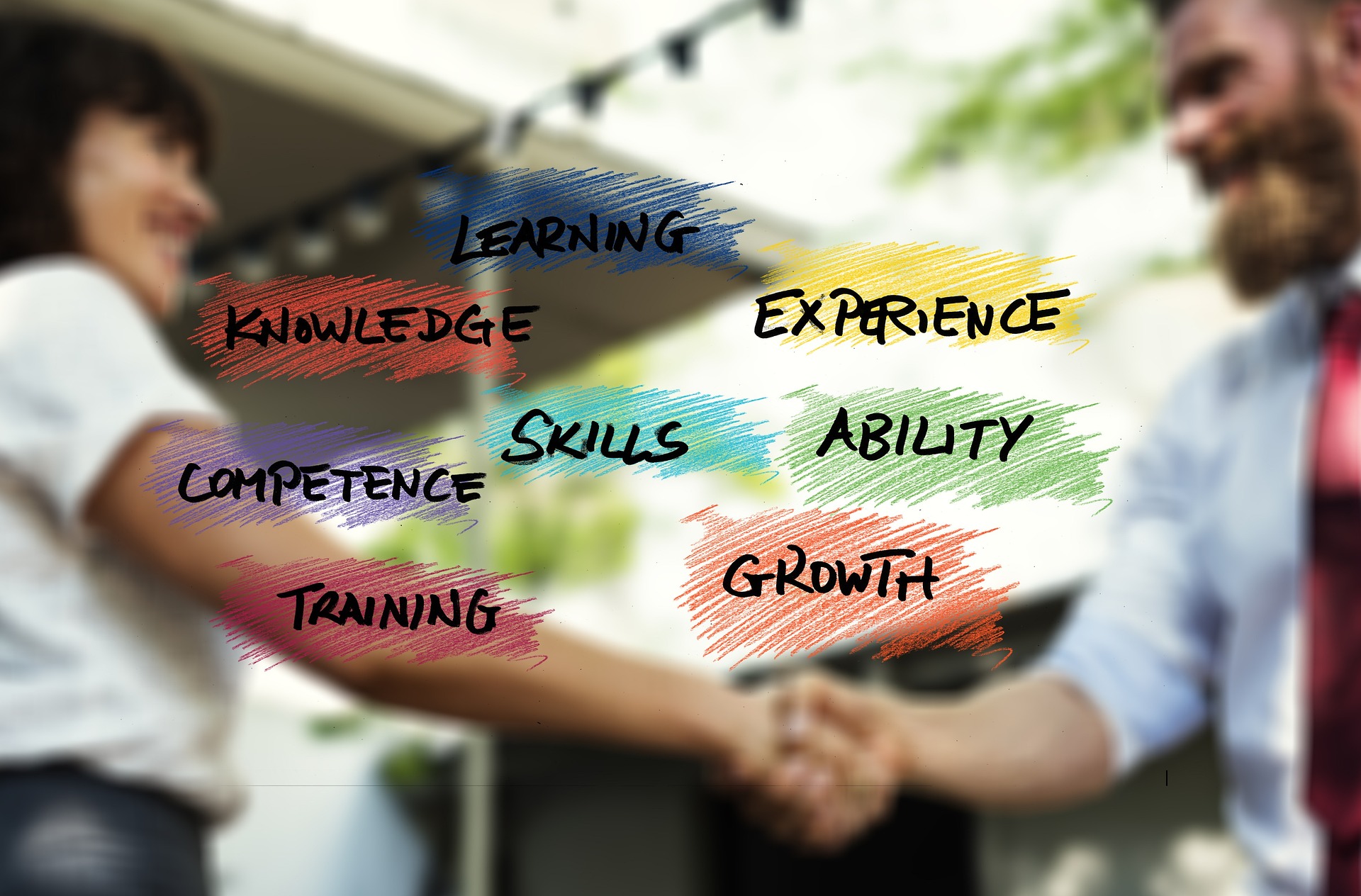How to Build a Continuous Learning Routine for Career Growth
A reliable learning routine helps you keep pace with changing job demands and build measurable skills. This article outlines practical steps to schedule study, prioritize reskilling or upskilling, use microcredentials and portfolios, and combine assessment with mentorship for steady career progress.

Developing a continuous learning routine turns short-term training into long-term career progress. A routine balances scheduled study, applied practice, and regular assessment so skills progress is measurable and relevant. By linking learning activities to specific competencies and documenting outcomes in a portfolio, you create clear evidence of development that supports role changes, new responsibilities, or internal advancement over time.
How does continuous learning affect your career and skills?
Continuous learning strengthens career resilience by focusing on relevant skills and adapting to industry shifts. Treat learning as part of your weekly rhythm—short sessions, practice tasks, and reflection—to convert knowledge into usable ability. Linking each activity to a competency model helps you see progress and prioritize what matters most for your role. Employers and teams value demonstrated capability, so emphasize projects and assessments that show how you applied new skills on the job.
When should you consider reskilling or upskilling?
Use reskilling when changing occupational pathways and upskilling to deepen current capabilities. Begin with a gap analysis: compare your existing competency profile to target job requirements. Break learning into micro-tasks or short courses so you can progress consistently within a routine. Combine theory with hands-on assignments or stretch projects to verify that new skills translate into workplace performance rather than remaining theoretical knowledge.
How can microcredentials and credentials support routines?
Microcredentials and formal credentials act as structured milestones in a learning routine. Choose credentials that include assessment and map to clear competencies relevant to your career goals. Use microcredentials for incremental achievements—complete a module, pass an assessment, and add the result to your portfolio. Not all credentials have equal recognition, so prioritize those from reputable providers or industry-recognized standards to maximize their impact on career mobility.
What belongs in a portfolio to show competency and assessment?
A practical portfolio contains work samples, brief project summaries, assessment results, and links to credentials. For each entry, note the problem, your role, the skills used, and outcomes or metrics when possible. Include competency tags and assessment artifacts so reviewers can quickly understand the level of proficiency. Regularly review and curate the portfolio during your routine to reflect recent growth and to identify persistent gaps to address.
How do mentorship and apprenticeship fit into a learning routine?
Mentorship provides guidance, feedback, and career perspective while apprenticeships offer structured, supervised practice. Integrate mentorship into your routine through scheduled check-ins, targeted feedback sessions, and shared goals tied to competency milestones. Apprenticeship-style projects or on-the-job rotations allow extended practice under supervision, accelerating skill consolidation. Both approaches create accountability and expose you to real-world application that complements independent study.
How to schedule and assess progress for lifelong learning
Design a routine with realistic weekly time blocks: short daily practice, a longer weekly session for focused study, and monthly competency assessments. Use rubrics, peer reviews, or formal tests to measure progress and adjust priorities. Track achievements with microcredentials and portfolio updates to maintain momentum. Maintain flexibility—industry needs and personal goals change—so periodically revise learning targets and methods to keep continuous learning aligned with career growth.
Continuous learning is most effective when routine, assessment, and application work together. Build a schedule you can sustain, tie activities to clear competencies, use microcredentials and documented portfolio work as evidence, and seek mentorship or apprenticeship opportunities for guided practice. With consistent assessment and adaptation, lifelong learning becomes an integrated part of career development rather than a sporadic effort.





